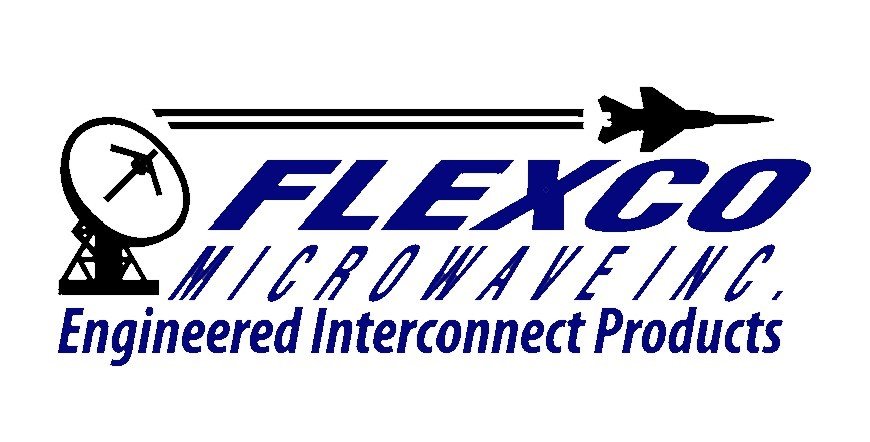Flexco has provided high performance coaxial cable assemblies to Level “S” since 1974, including the TIROS, DMSP, and SATCOM programs. Flexco’s experienced assembly staff certifies to MIL-STD-2000, NHB 5300.4 3A-2 and MIL-I-45208 quality program.
Test Results of Flexco's Performance Series
From Long Duration Effects Facility (LDEF) show that, after 5.8 years in orbit, PTFE degrades on 1 mil (.001”) due to direct exposure to vacuum ultraviolet (VUV) radiation and low earth orbit (LEO, 100-350 miles) atomic oxygen. Flexco’s outer conductor shields the Polytetrafluoroethylene (PTFE) dielectric from direct exposure to VUV radiation. Since the PTFE is not directly exposed to VUV radiation, there is no mass loss. This laboratory investigation is found in the engineering notes of Spacecraft. Flexco’s sealed outer conductor is formed with a continuous copper strip and a completely soldered seam. The conductor does not rely on a surface contact area for its operation and is not affected by oxidation. Field test results prove Flexco cables are not electrically affected by surface oxidation over time as exterior braiding and/or jacketing eliminates oxidation and provides added protection against handling, meteoroids and debris. Fluorinated Ethylene Propylene (FEP) and other types of shrink tubing jacket and connector strain reliefs can be added for additional protection from exposure to both an operational and non-operational orbital environment.
Material Characteristics
Out-gassing. Material and finishes conform to the requirement of NASA publication SP-R-0022. Materials used do not exceed a Total Mass Loss (TML) of 1.0% or Collectible Volatile Condensable Material (CVCM) of 0.1% when subjected to a vacuum of 1 x 10-6 Torr or less at temperature of 125°C for a minimum of 24 hours. A compilation of out-gassing data for spacecraft materials is contained in NASA publication RP 1124.No cadmium, zinc, or pure tin plating is used in the construction of these parts. Solder: typically, all solder used is Sn 60 solder, per QQ-S-571
Environmental Rankings
Shock- MIL-STD-202,Method 213, Condition C.
Acceleration- MIL-STD-202, Method 212, Condition A 20 g's.
Vibration- 20 g's over the range of 10 to 2,000 Hz with connectors mated and cable secured to structure at six-inch intervals.
Temperature- -75°C to +135°C
Pressure- Range from atmospheric to 1 x 10-6 Torr.
RF Leakage- Cable assemblies exhibit a minimum of -90 dBc
Thermal Vacuum Performance
Cable assembly performance did not degrade significantly when subjected to the thermal vacuum environment. The table below shows the effect of temperature and vacuum on a typical Flexco cable assembly. Reference values were established at ambient temperature and pressure. Chamber pressure was lowered to 1 X 10 -5 Torr and remained constant throughout the test. The chamber temperature was decreased to -25°C and then increased to +80°C.
"Vacuum Ultraviolet Radiation/Atomic Oxygen Synergism in Materials Reactivity" Koontz, S., Leger, L., Albyn, J., Cross, J. Spacecraft. Vol. 27, No. 3. pg. 346-348. © 1989 American Institute of Aeronautics and Astronautics
Additional jacketing protection
Flexco offers many different options for providing additional environmental protection. For high EMI? RFI environments, longitudinal stress and outer protection, a braided jacket made from non-metallic fibers and metallic alloys can be added. Fluorinated Ethylene Propylene (FEP) and other types of shrink tubing jacket and connector strain relief can be added for additional protection from exposure to both an operational and non-operational orbital environment.
Storage
Cable assembly packaging can be designed to allow for a storage life of 7+ years, without effecting the cable assemblies ability to fully function during operational life.
Operational Life
Cable assemblies are normally designed for an operational life of no less than three years under normal operating conditions in a space environment.




